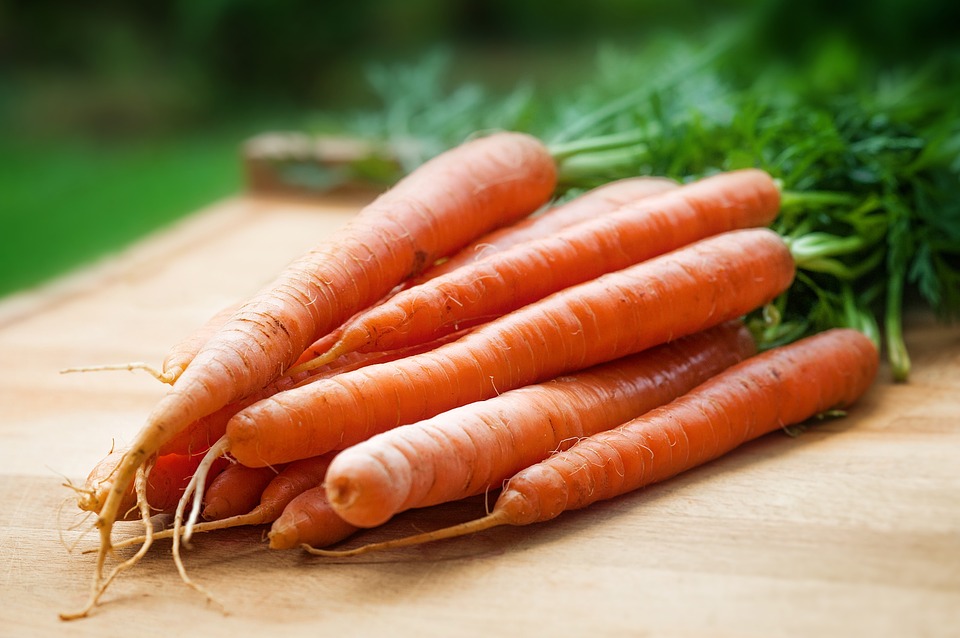Note that your final mark will not be saved in the system.
3.6.2.2 Technological developments Typeit
Type the correct answers into the spaces. Fill all the spaces before clicking ‘Check Answers!’

Processing of foods leads to (sometimes significant) changes in their nutritional value and quality. Low intake of and minerals, along with high intake of calories, can lead to diet-related diseases, such as anaemia, atherosclerosis, or beriberi. For that reason, in many countries in the world and minerals are added to foods to increase their nutritional value and reduce the risk of such diseases.
is a fatty substance necessary to build cell membranes, bile acid and some hormones. It is transported in the blood by lipoproteins. Low-density lipoproteins (LDL) transport fat from the liver to the cells; they increase the levels of blood cholesterol and are, therefore, called ‘bad’. -density lipoproteins (HDL) transport fat from the blood to the liver, where it is stored or removed from the body; they reduce the amount of cholesterol and fat in the blood and are, therefore, called ‘good’. High levels of LDL cholesterol are linked to increased risk of cardiovascular diseases, such as atherosclerosis, heart attack, and stroke.
of food is a process in which certain vitamins and/or minerals are added in order to: increase its value, restore its nutritional value which has been lost during processing, make it more suitable for certain consumer groups (e.g. children), prevent diseases caused by lack of these vitamins and . According to the Food and Agriculture Organization of the United Nations (FAO), ‘fortification’ is applied to foods whether or not they contain a given micronutrient, while foods that have lost their nutritional value during processing are ‘enriched’.
There are two important rules about food fortification:
- Fortification cannot be applied to unprocessed foods.
- If micronutrients are added, it is obligatory to list the amount on the .
Genetically organisms have been in use since the 1980s. During this time, many people have raised many concerns about using them – due to both the environmental and health-related problems they may pose. In fact, there is not sufficient data to prove or disprove how GM foods affect the health, but the main arguments include: higher incidence of allergies – this is usually linked to GM soybeans, which cause many more allergic reactions than non-modified crops; fear of new diseases, which can be caused by creating new bacteria species that are resistant to all known antibiotics; a belief that GM foods contribute to the growing rates of in developed countries, such as the USA; a belief that GM foods increase the risk of cancer for those eating them; fear of resistance developing in animals and being passed to people who eat them.